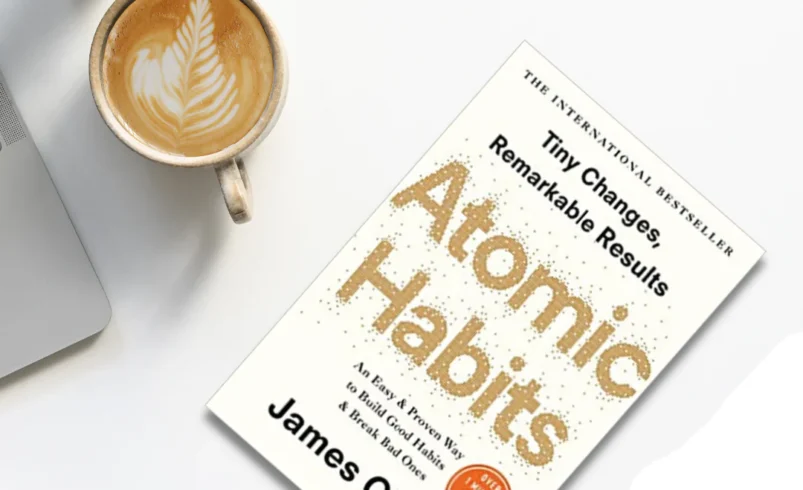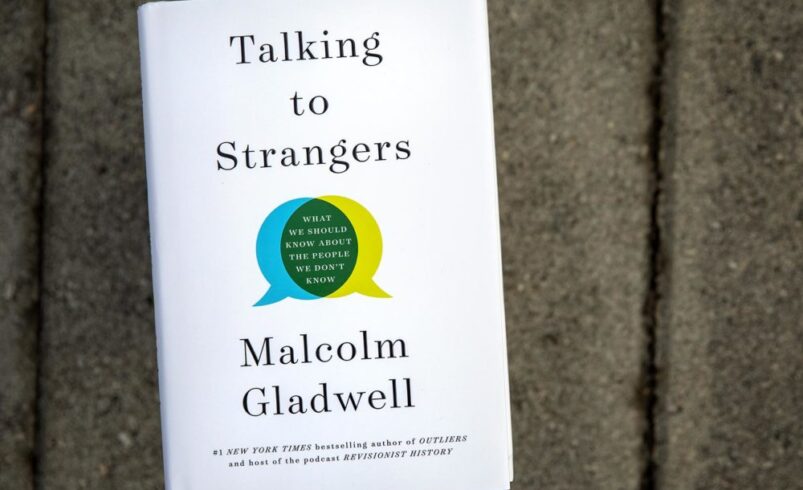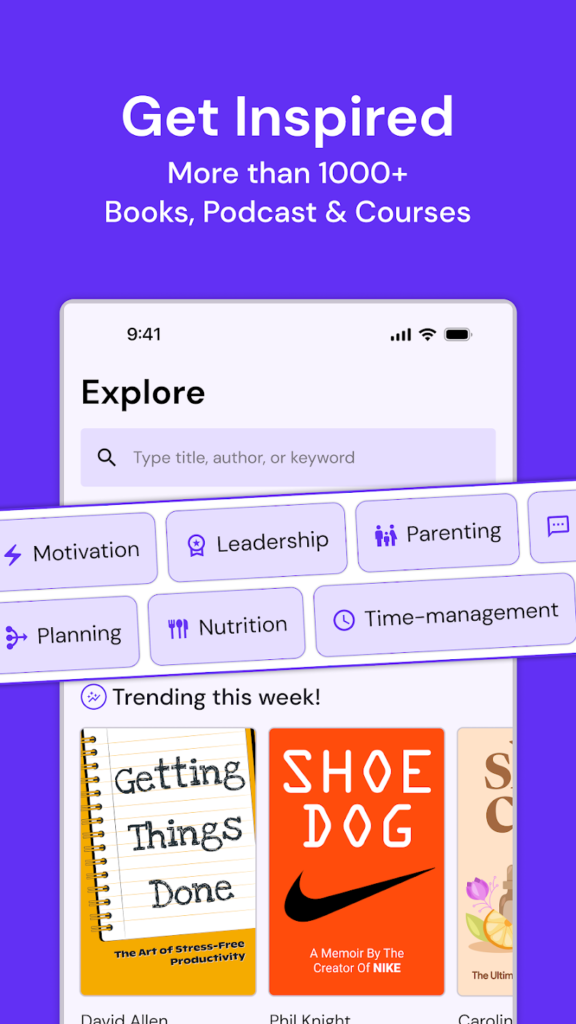
Habits are the invisible threads that shape our everyday lives. From the moment we wake up to the time we crash at night, our actions are mostly driven by routines—some of which are helpful, and some… maybe not as much. The good news? Habits aren’t set in stone. They can be changed, moulded, and mastered to work in your favour.
In this post, we’ll dive into how you can build good habits that stick, break the bad ones that hold you back, and why understanding the habit loop is your secret weapon.
What Exactly Are Habits?
Before we get into the how, let’s talk about what habits really are. A habit is an automatic behaviour that gets triggered by something—like a specific time of day, a place, or even a feeling. You repeat it enough, and voilà, it becomes second nature.
Most habits follow a pattern called the Habit Loop with three main steps:
- Cues – This is what triggers the habit, like waking up in the morning or feeling stressed.
- Routines – The actual habit itself, like reaching for your phone or grabbing a snack.
- Rewards – The payoff you get from the habit, like feeling entertained or relaxed.
When you figure out what triggers your habits and why they’re rewarding, you’ve already got half the battle won.
Building Good Habits: Getting Started Without Burning Out
Building good habits takes some effort, but it doesn’t have to be overwhelming. If you’ve tried before and it hasn’t worked, chances are you took on too much at once. Let’s break down how you can build habits that last:
- Start Small: Tiny Steps for Huge Results – Ever tried to overhaul your life overnight? Yeah, me too. It never works. The problem is, we often aim for huge changes, but that can be totally overwhelming. Instead, the key is starting with something so small you can’t fail. For example, if you want to work out more, don’t commit to an hour a day right away. Start with just 10 minutes. It may not sound like much, but once you’ve got the ball rolling, it’s a lot easier to keep going.
- The Two-Minute Rule: Keep Things Simple – James Clear, in his book Atomic Habits, suggests that when building a new habit, you should start with something you can do in two minutes or less. Think of it as the gateway to building momentum. Want to read more? Start with one page a day. Want to meditate? Do it for just two minutes. The hardest part is often starting, but once you do, you’ll find it easier to stick with it.
- Stack Your Habits: Build on What You Already Have – Here’s a cool trick: take a habit you already have and attach a new one to it. This is called habit stacking. For instance, if you always brush your teeth in the morning (which I hope you do!), why not stack a quick five-minute stretch session right after? Since you’re already in the routine of brushing, your brain will start linking the new habit to that old one. Before you know it, it’ll feel like second nature.
- Make Things Fun: Turn Your Habit into a Reward – Let’s be honest – some habits just aren’t fun at first. Working out, eating better, or studying can feel like a chore. But what if you could make it more enjoyable? One way to do this is by combining something you enjoy with your habit. This is called temptation bundling. For example, if you don’t love working out but enjoy podcasts, save your favourite show for gym time. This way, the workout becomes something to look forward to. Or if reading more is your goal, make a cosy reading nook or brew your favourite tea before diving into a book. The idea is to make your habit as attractive as possible.
- Track Your Wins: The Satisfaction of Seeing Progress – Ever get that satisfying feeling of crossing something off your to-do list? It’s the same with habits. Tracking your progress – whether with a journal, app, or calendar – can make all the difference. Seeing those check marks pile up gives you a sense of accomplishment and motivates you to keep going. But hey, if you miss a day, don’t sweat it. Focus on your overall consistency, not perfection.
- Go Celebrate the Small Stuff: You’ve Earned It – This might sound simple, but celebrating your wins (even the tiny ones) helps reinforce the habit. Finished your first week of your new workout plan? Treat yourself to something small, like a fancy coffee or some downtime with your favourite movie. Positive reinforcement keeps you going.
Breaking Bad Habits: How to Finally Get Rid of Them
Bad habits are tricky – they give us instant gratification, which makes them hard to quit. But with the right approach, you can replace them with better alternatives:
- Figure Out The Triggers: Know What Sets You Off – To break a bad habit, you’ve got to first figure out what’s triggering it. Are you bored, stressed, tired? Recognizing these cues helps you understand what’s driving the behaviour. Once you know the trigger, you can work on changing your response to it.
- Shake Things Up: Find a Better Alternative – Instead of trying to quit a bad habit cold turkey, replace it with a healthier one that serves the same purpose. For example, if you tend to snack on junk food when you’re stressed, try reaching for a healthier option or go for a quick walk to clear your mind.
- Change Your Environment: Out of Sight, Out of Mind – Your surroundings have a huge impact on your habits. If you’re trying to quit a bad habit, make it harder to engage in. Want to stop procrastinating? Set up a workspace that’s free of distractions. Trying to eat healthier? Don’t keep junk food lying around. The fewer temptations you have, the easier it is to stay on track.
- Add Barriers: Make Bad Habits Inconvenient – Here’s a trick: make your bad habits harder to do. If social media is a time-suck, uninstall the apps or log out after each session. If you’re trying to cut back on impulse spending, leave your credit card at home. The harder it is to do the bad habit, the less likely you’ll engage in it.
- Get a Friend in on it: Don’t Go At It Alone – Sometimes, having someone to check in with can make all the difference. Tell a friend or family member about your goals so they can help keep you accountable. Even better, joining a group of people who are working on the same habit—sharing your progress with others can boost your motivation.
Quick Habit-Building Checklist
Ready to start building better habits? Here’s a simple, short checklist to help you:

- Start Small – Pick one small habit to focus on first.
- Use the Two-Minute Rule – Make sure it’s something you can do in two minutes or less.
- Stack Your Habits – Attach your new habit to an existing one to start off.
- Track Your Progress – Use a habit tracker, journal, or app for tracking your progress.
- Celebrate Wins – Reward yourself for sticking with it, no matter how small the wins are.
A checklist to check yourself:
– What’s one small habit you can start today?
– What bad habit would you like to replace with a better one?
– How can you make your environment more supportive of the habits you want to build?
And that wraps up how you can help yourself to build good habits and break the old bad ones. If you found this helpful for learning how to build good habits and break bad ones, imagine how much more you could accomplish with quick insights from the world’s best books.
That’s exactly what Wizdom offers. Wizdom gives you bite-sized summaries and audio versions of popular self-help, productivity, and psychology books, making it super easy to soak up valuable knowledge without having to dedicate hours to reading.
If you’re serious about building good habits and breaking bad ones, Wizdom is the perfect app to help you keep learning, be inspired, and more focused. Start your journey toward smarter and faster personal growth today by downloading the Wizdom app. Unlock the power of continuous learning and make every day a step toward becoming the best version of yourself!

Zia Hawwa
Currently pursuing a Degree in Criminology, Zia’s passions lie in the world of literature and the human psyche. She loves what the world has to offer, and is always on the journey of satisfying her curiosity.
Recent Posts
- 25 Top Quotes from The 10X Rule to Supercharge Your Ambition
- 10 Books You Must Read to Succeed in Your Career
- 30 Little Tricks for Big Success in Relationships
- 25 Life-Changing Self-Help Books to Read This December: Boost Your Mood and Your Mind
- 25 Amazing Self-Care Tips for December: Wrap Yourself in Joy, Not Stress









